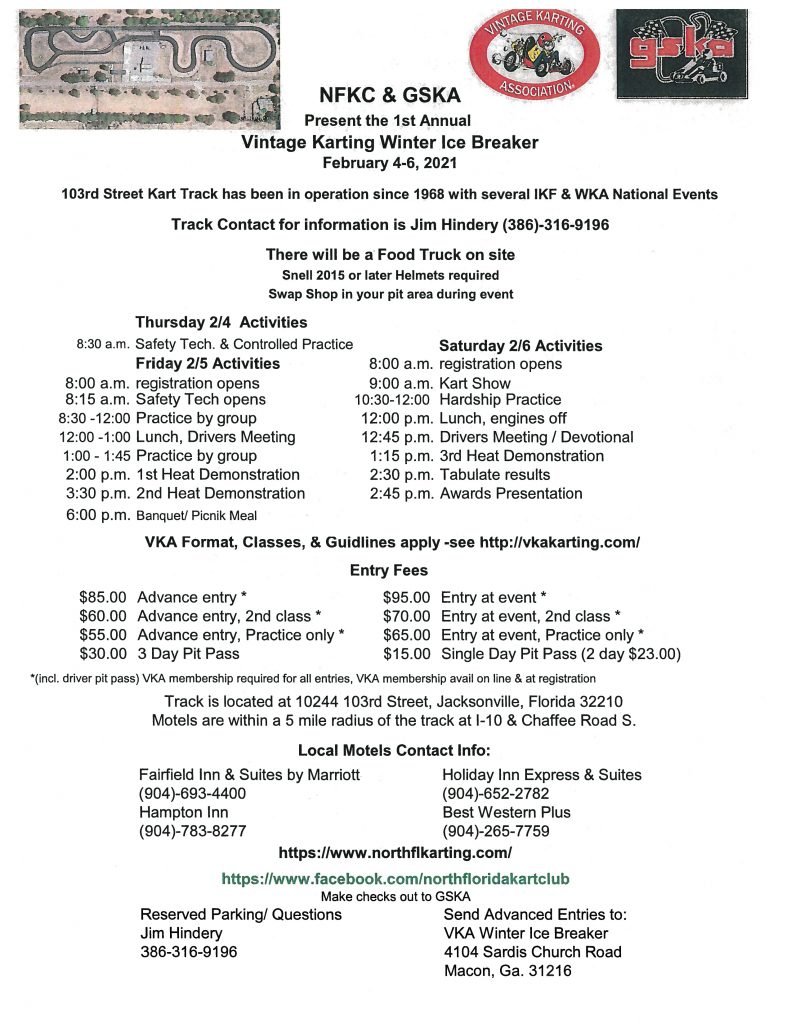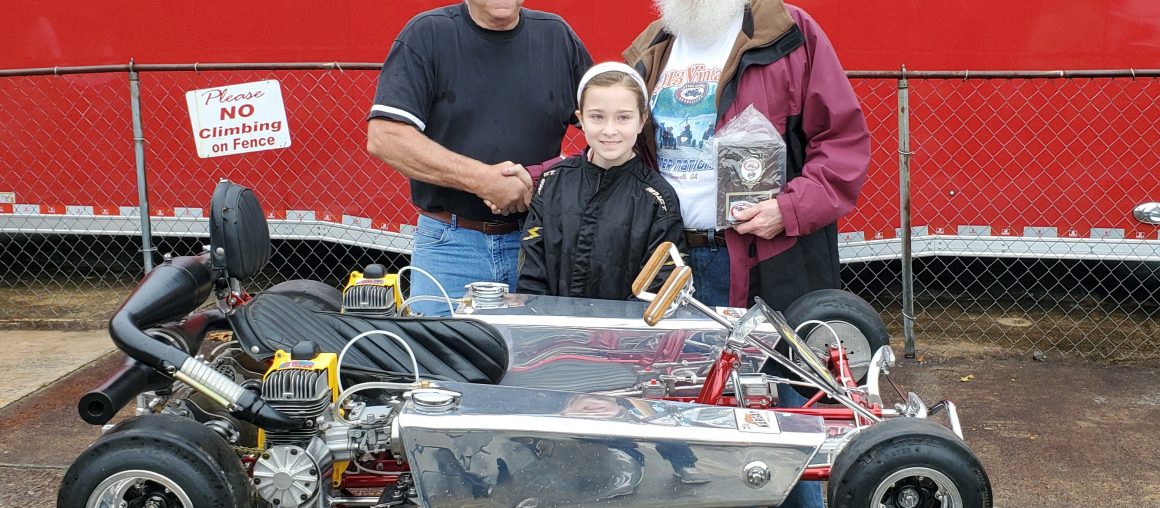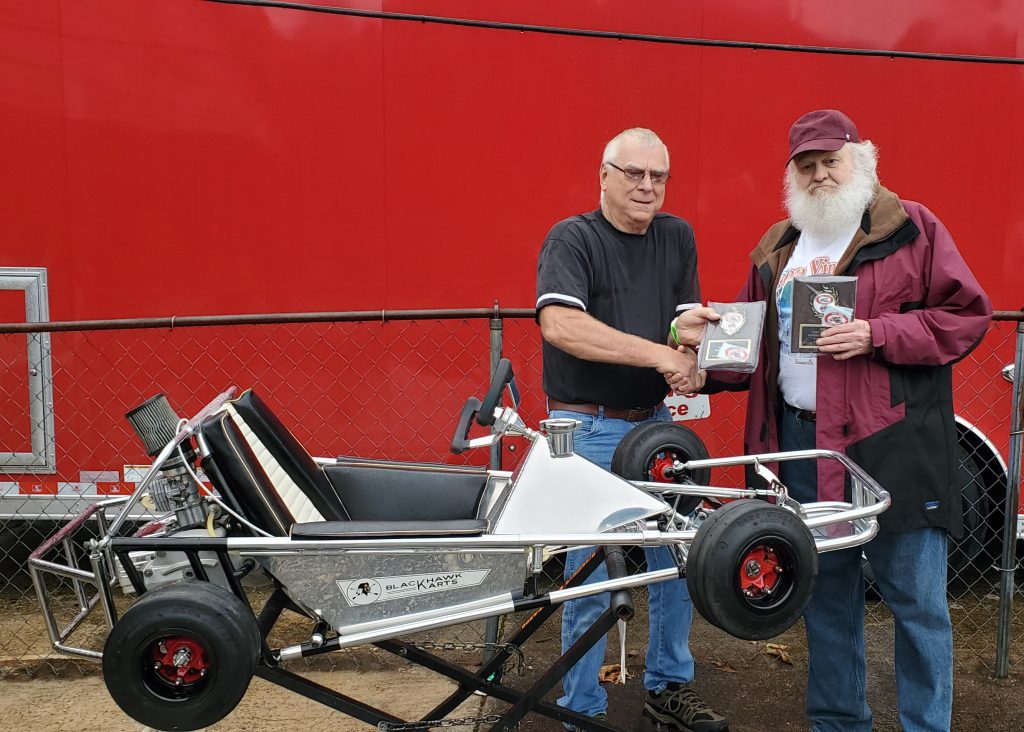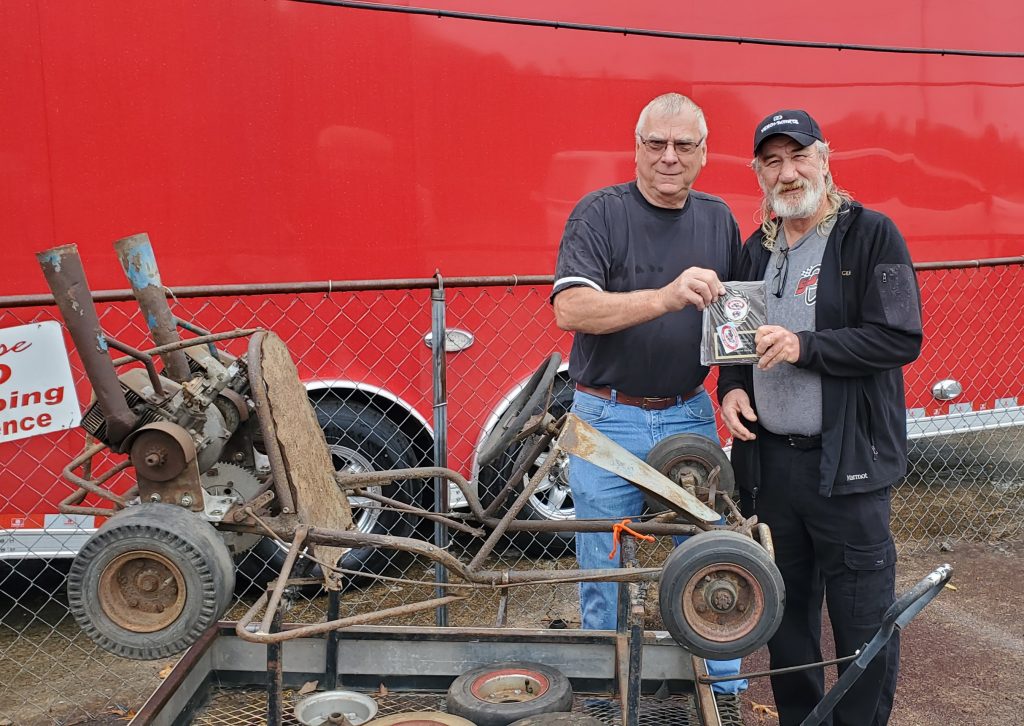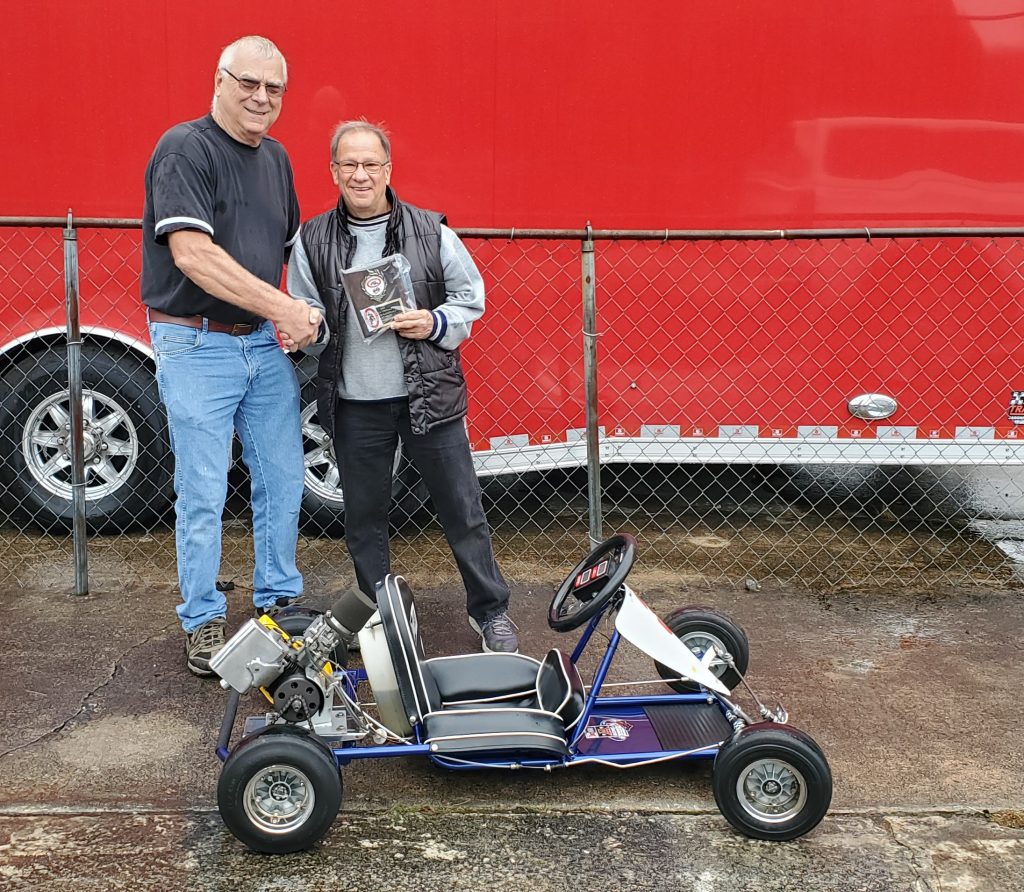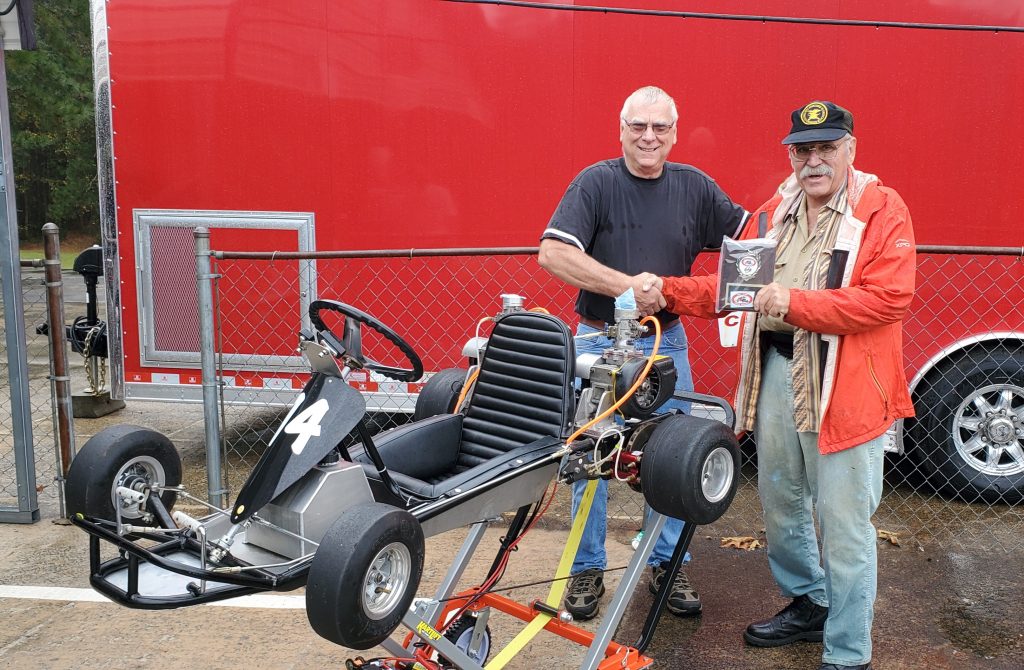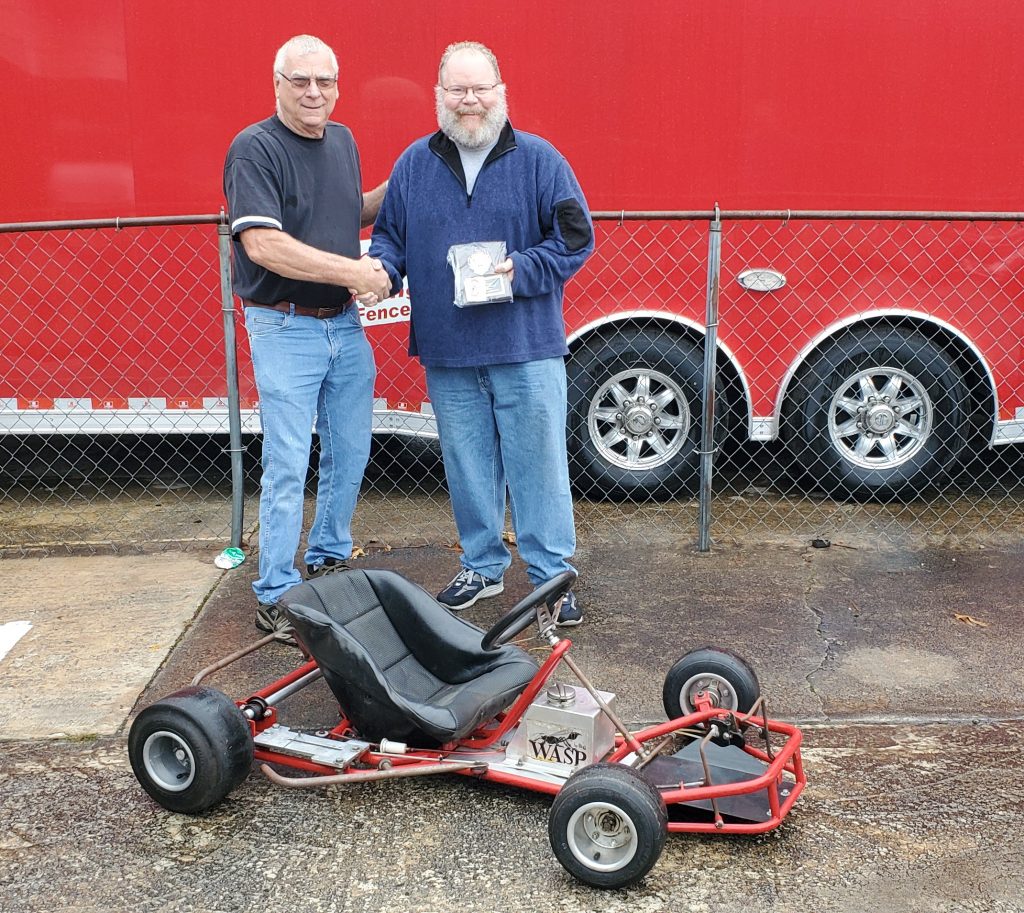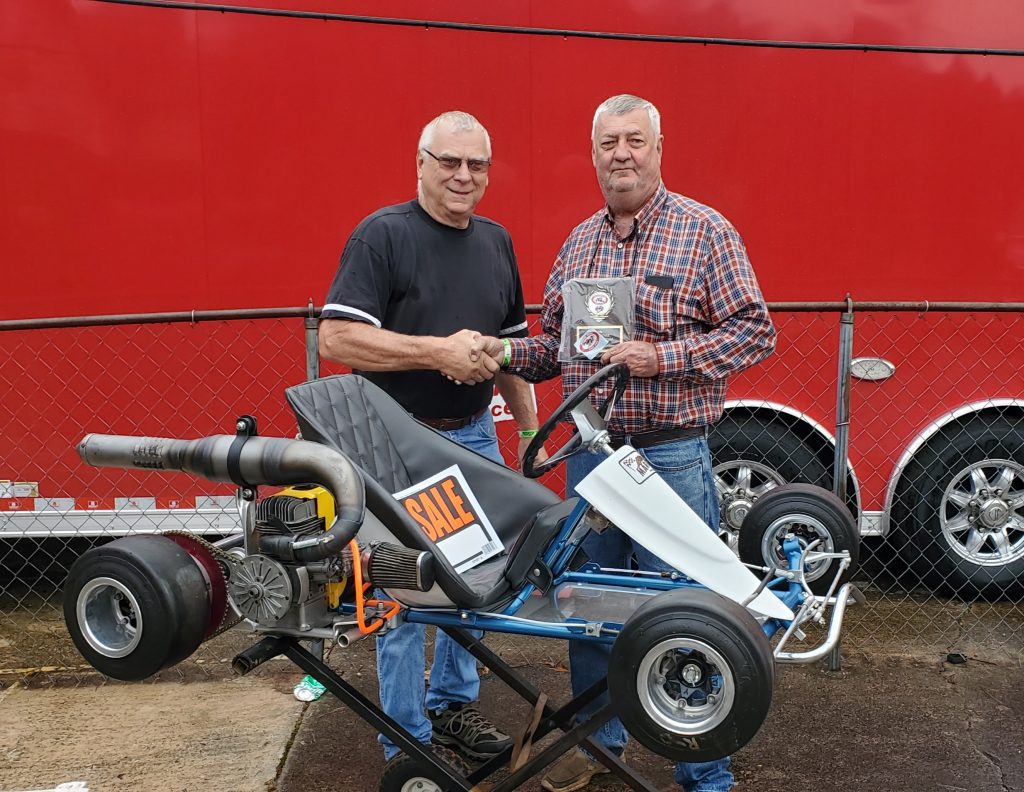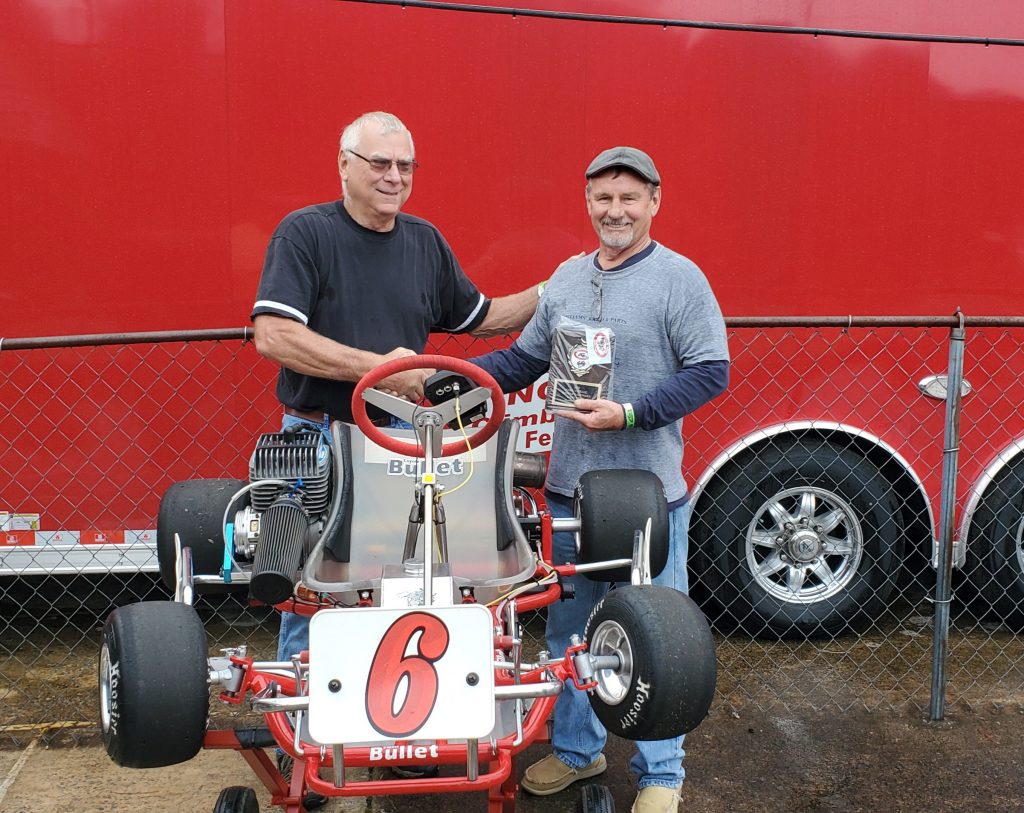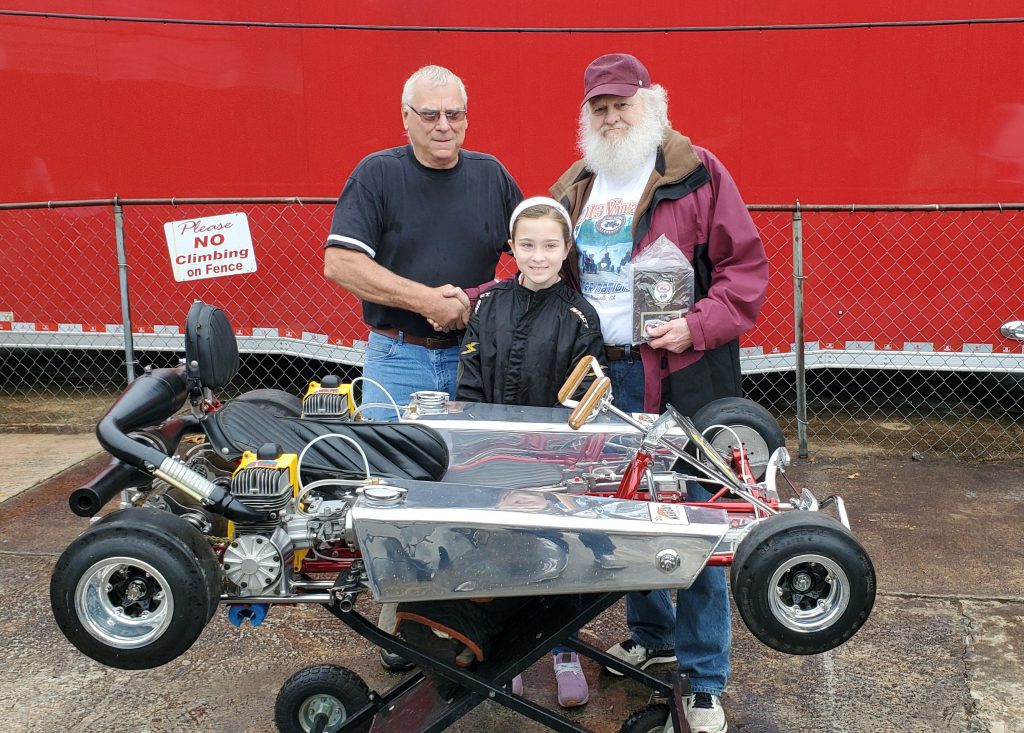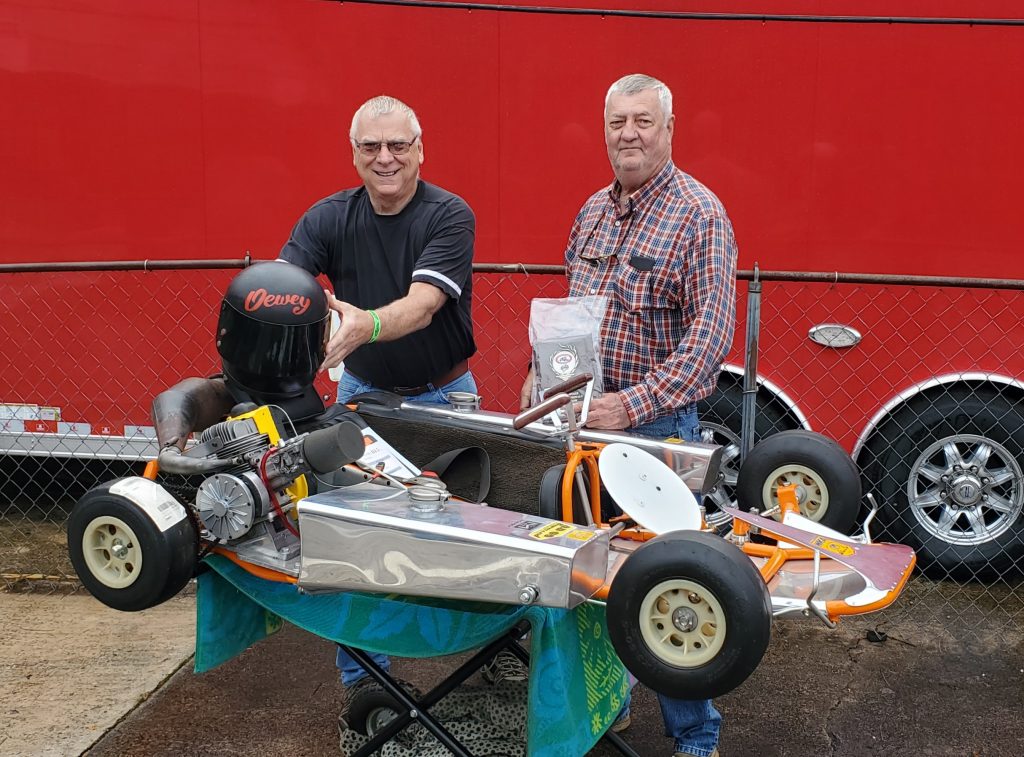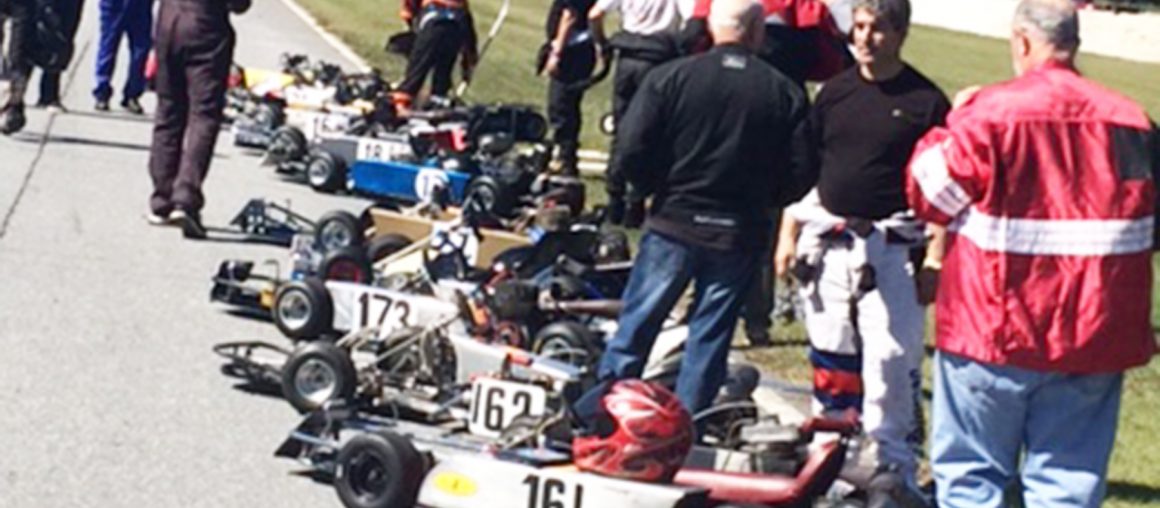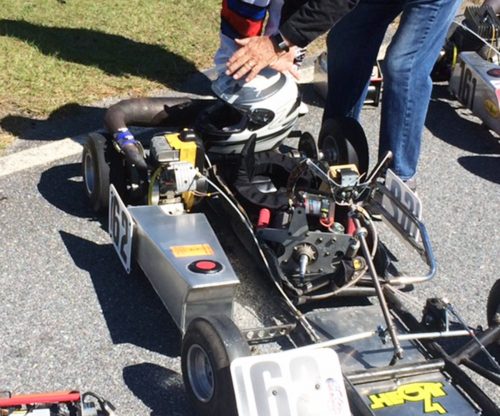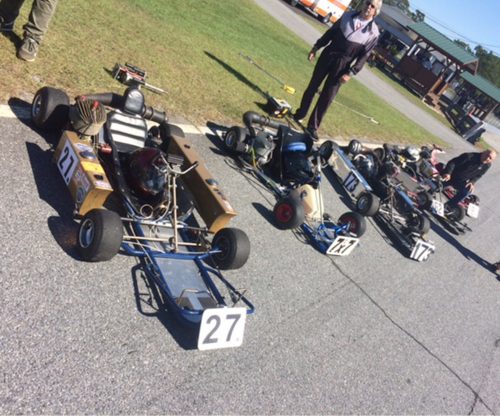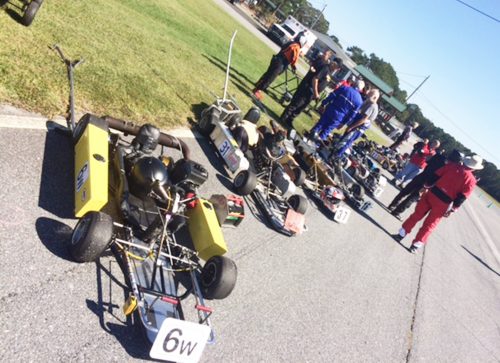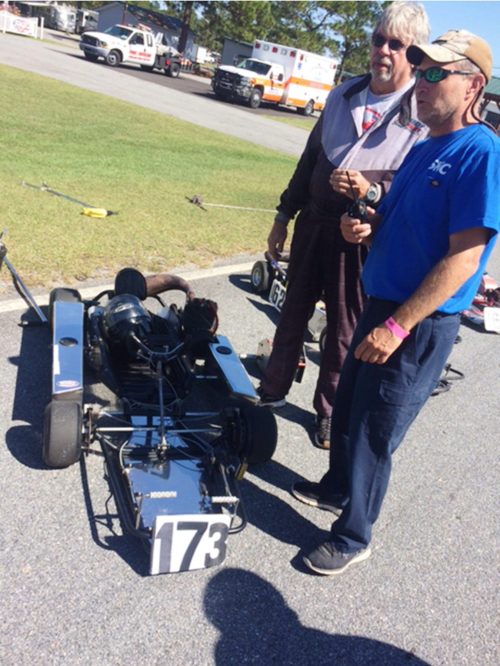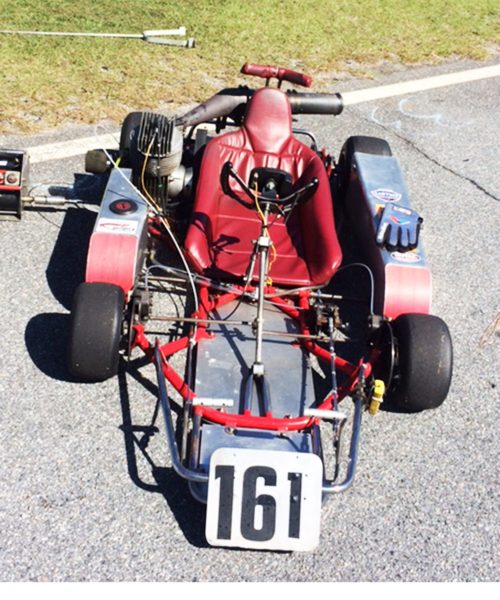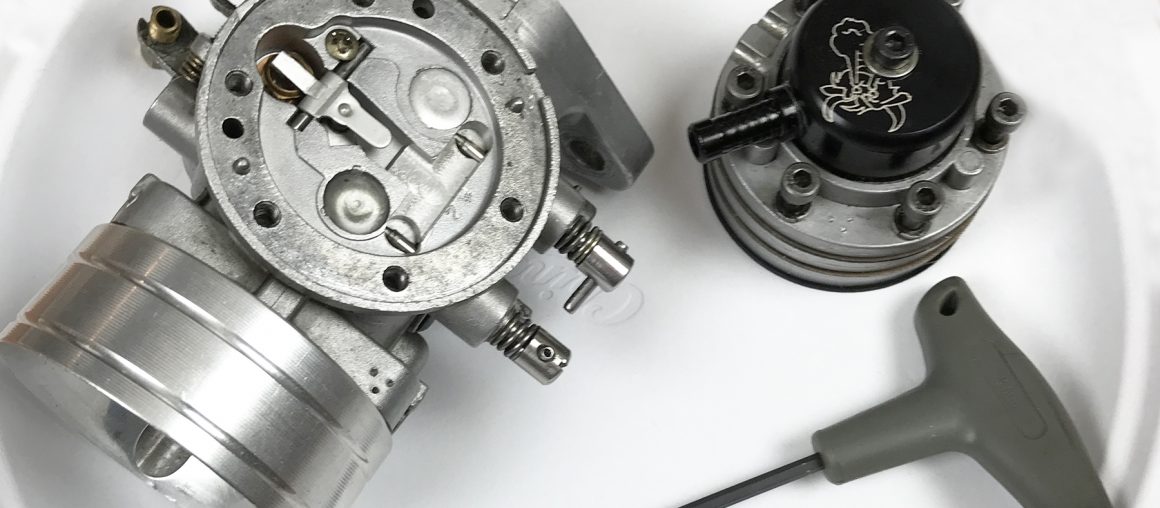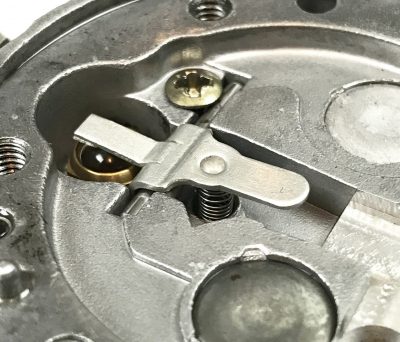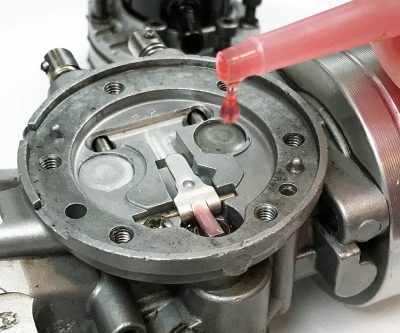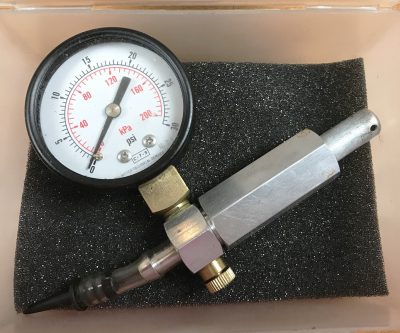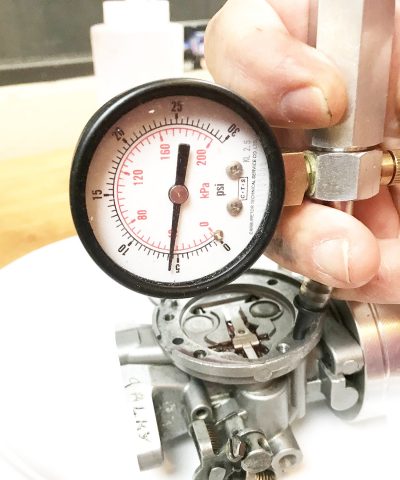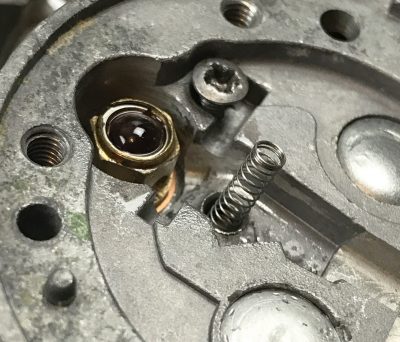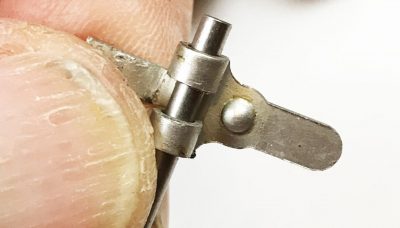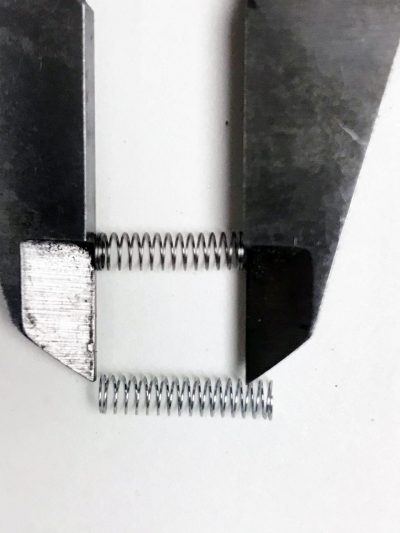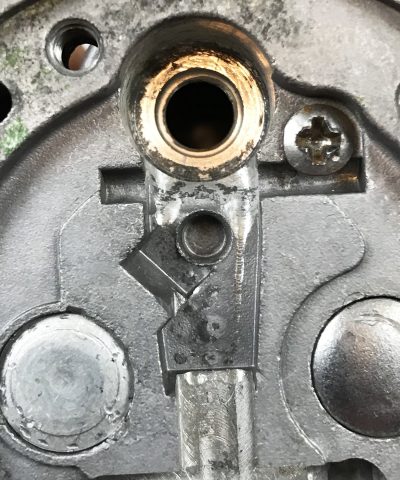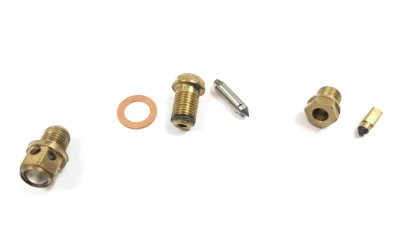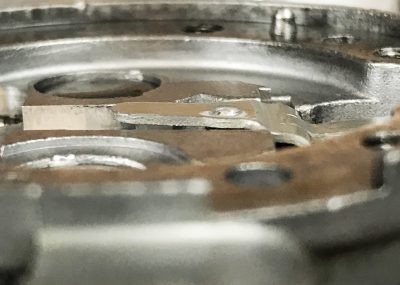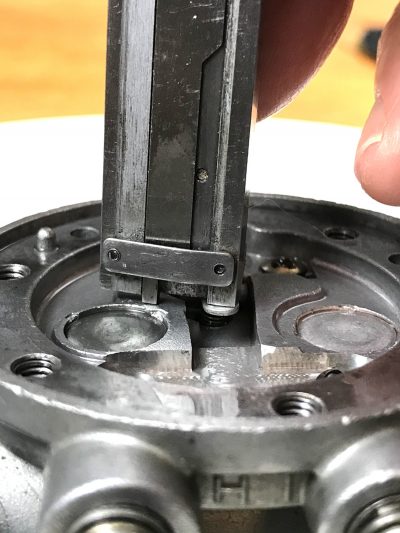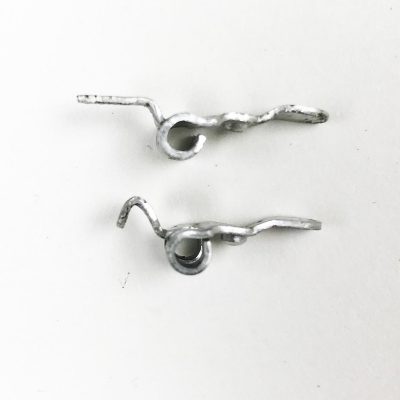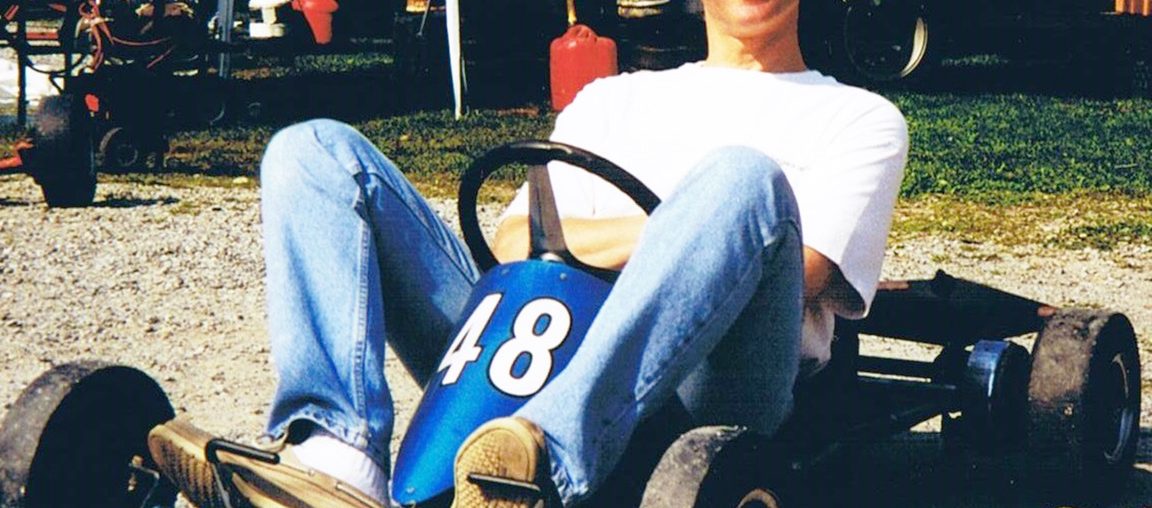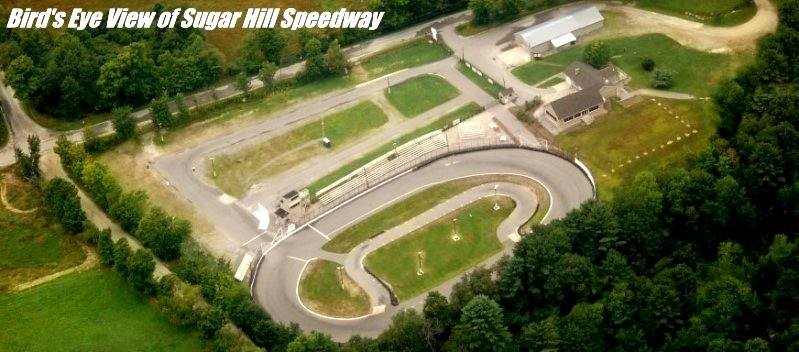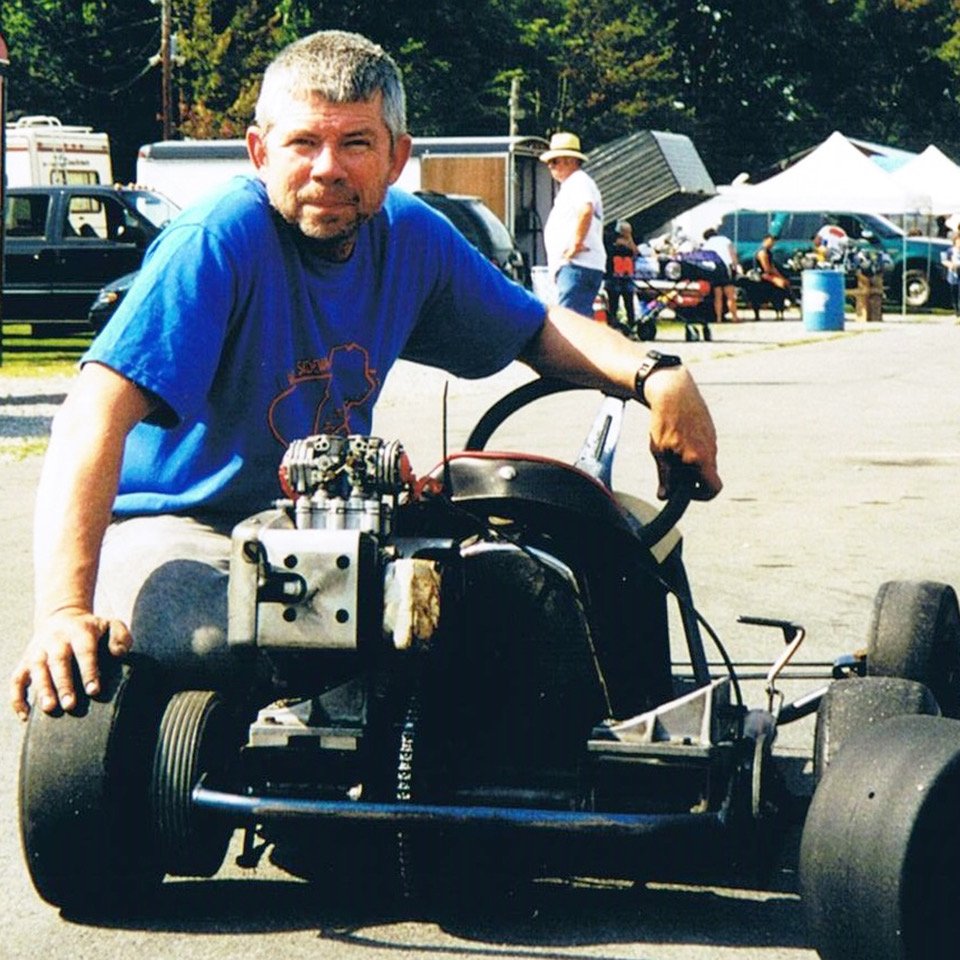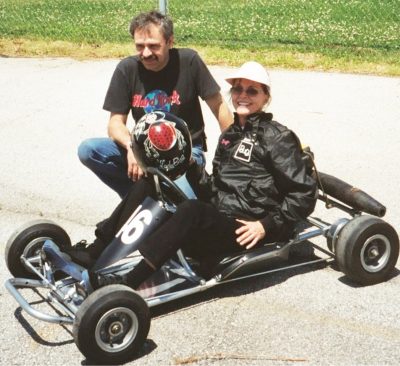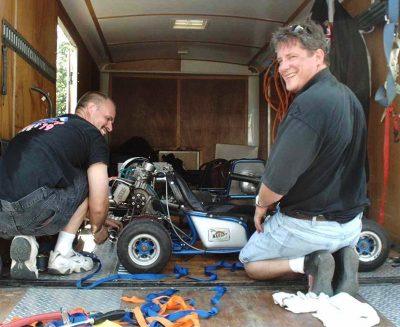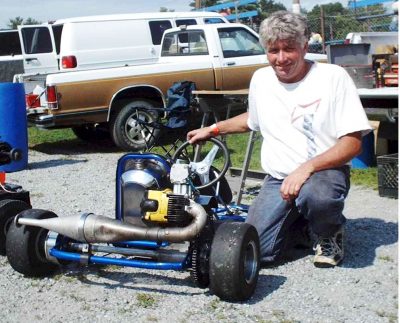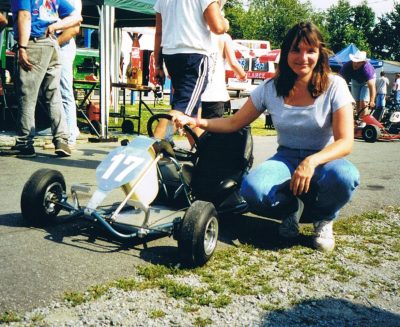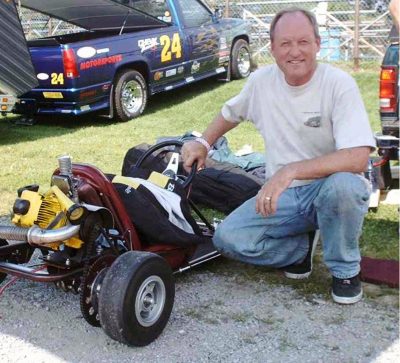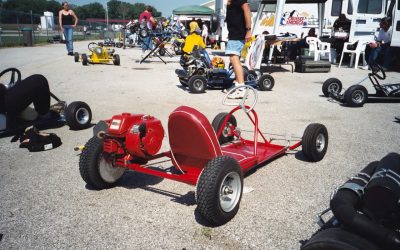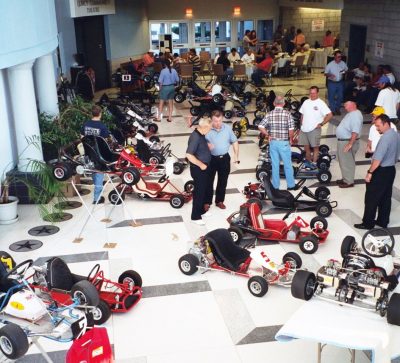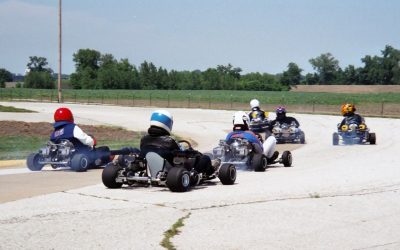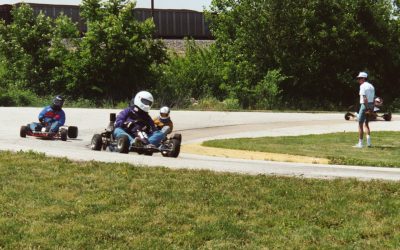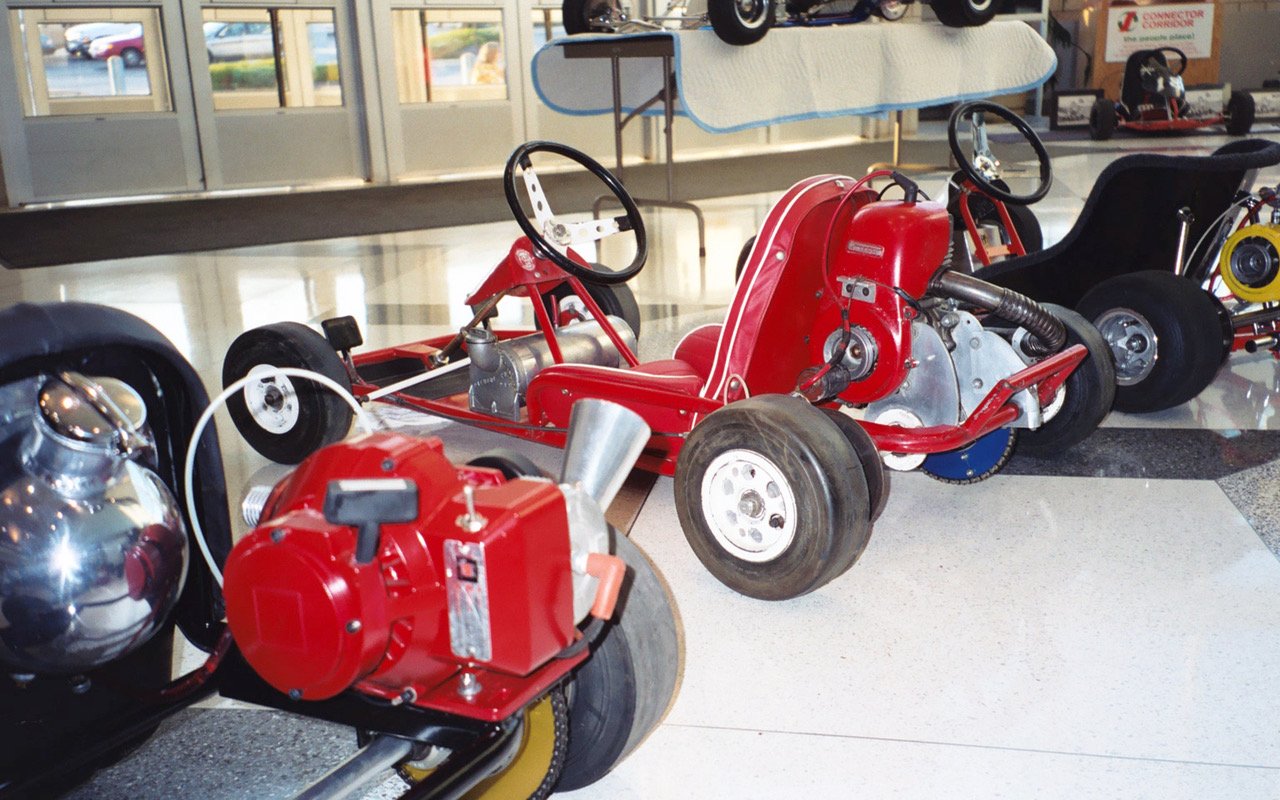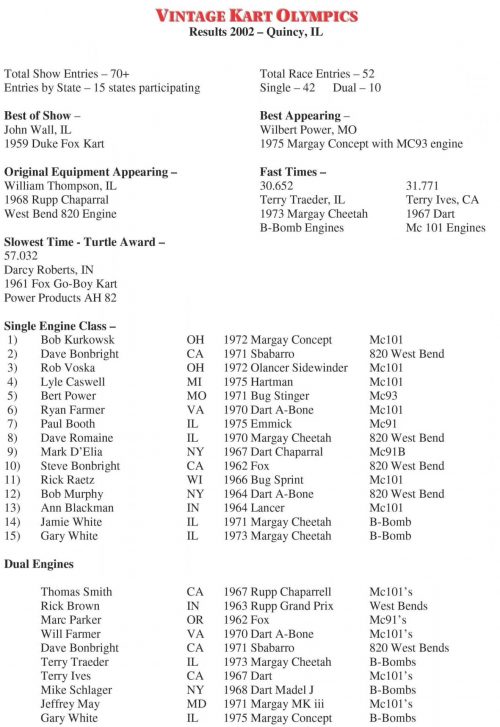VKA News- Jan 2021
International Kart Month
By Rolf Hill
 I may have jumped the gun with my initial announcement last month of the International Kart Day, but in my defense, it was necessary. The part I didn’t explain in the December announcement was that the process started in 2019. There is a website that manages/publishes a calendar of “National Days.” They made it clear they get thousands of requests every year. (Keeping in mind we have national pizza day, national lemon meringue pie day, national hot dog day, and even national clean out your refrigerator day [right before Thanksgiving], it is no wonder they get thousands of requests.) They also made it clear they don’t notify applicants until it is approved…. and they didn’t. They also said they would not accept applications from “individuals.” I submitted the request as “Editor, VKA FirsTurn,” but I guess that didn’t carry any weight. Go figure. So, I asked Gary Wlodarsky, VKA President, if he would sign a “Declaration” that established the day. He was agreeable and the VKA Board approved. I re-applied in November.
I may have jumped the gun with my initial announcement last month of the International Kart Day, but in my defense, it was necessary. The part I didn’t explain in the December announcement was that the process started in 2019. There is a website that manages/publishes a calendar of “National Days.” They made it clear they get thousands of requests every year. (Keeping in mind we have national pizza day, national lemon meringue pie day, national hot dog day, and even national clean out your refrigerator day [right before Thanksgiving], it is no wonder they get thousands of requests.) They also made it clear they don’t notify applicants until it is approved…. and they didn’t. They also said they would not accept applications from “individuals.” I submitted the request as “Editor, VKA FirsTurn,” but I guess that didn’t carry any weight. Go figure. So, I asked Gary Wlodarsky, VKA President, if he would sign a “Declaration” that established the day. He was agreeable and the VKA Board approved. I re-applied in November.
On Dec. 1 we hosted a zoom meeting and invited Regional Coordinators, track owners, promoters, as well as representatives from other vintage karting organizations. Another meeting is scheduled for December 15. As you might expect there was plenty of discussion and differing points-of-view. All of them needed to be heard.
Kart Day Vs Kart Month
The issues that were raised included the date, primarily the perceived conflict for the inaugural event with the 20th Anniversary of 9/11; how to include/excite modern karters to celebrate the day; the need for a mission statement that can be taken to national modern event organizations and others; some suggestions for what modern event could include to recognize the heritage we all share. Too much to discuss here, so stay tuned or visit Facebook.*
International Go Kart Month is a time to celebrate the people, the events, the equipment, memories, the innovations…our history, and to make people aware of all of that.
Hopefully, the official announcement will be made in the home-state of karting at the Adams Kart Track in Riverside, CA, at the first 2021 VKA event February 5. 2021. Throughout the year, we hope all VKA events will honor the inaugural event by holding a 5-minute session where all the karts parade the track with a small American flag. Also, modern karting events will be encouraged to include Parade Laps to recognize the history their karts share with Art Ingles’ creation. On September 11, 2021, join the fun at Oreville, PA, for a special event, on this special day.
Check out the Facebook page (International Go Kart Month – September) too. It will be updated as this concept takes shape.
Rolf Hill, Executive Director
International Go Kart Month
REMINDER!!! Procedure & Rules Updates for 2021
 As you can see The VKA Board is upgrading its operations for 2021 with a new website and a digital version of FirsTurn. The primary goal is for you, the VKA member to have a better experience as a participant at VKA events, and as a vintage karting enthusiast in general. To make this happen, we need your help. Simply put, without information on you and your karts, we cannot do any meaningful event coverage. We need to be able to identify your kart by either a number panel when on the track or a show entry card with a visible number on it. Then we need a corresponding race or show entry form with as much info as possible about the kart and yourself, like where you live. Without this we can only run random photos with no captions that have no relevance.
As you can see The VKA Board is upgrading its operations for 2021 with a new website and a digital version of FirsTurn. The primary goal is for you, the VKA member to have a better experience as a participant at VKA events, and as a vintage karting enthusiast in general. To make this happen, we need your help. Simply put, without information on you and your karts, we cannot do any meaningful event coverage. We need to be able to identify your kart by either a number panel when on the track or a show entry card with a visible number on it. Then we need a corresponding race or show entry form with as much info as possible about the kart and yourself, like where you live. Without this we can only run random photos with no captions that have no relevance.
Changes:
- Karts will NOT be allowed on track at any time without number panels
- Only event photos with captions will be considered for FirsTurn publication
- PLEASE fill out both the show or race entry form with as much information as possible including the best way to contact you. The FirsTurn editor may be contacting you for more information or photos of your kart.
- You must be a VKA member in good standing to participate in the driving or show portions of the events
- Helmets will be checked for Snell Approval dates. Only Snell 2015 and later helmets are acceptable
- Hoosier R60 compound tires are no longer on the modern kart tire list. They have been replaced by the Hoosier R70s
- Vintage 4-Strokes have been added into the Classic class structure
Hopefully, we will close out the Covid 19 pandemic in 2021. Until that is a reality, let’s protect each other and our ability to hold events with common sense protective measures.
Wanted
Rolf Hill here… I’m fried. Stick a fork in me … I’m done. Len Emanuelson is taking over as Editor, but he’s doing the electronic version. For those of you who still want a paper copy, we’ve heard you and you will still be getting paper until your membership runs out or I run out of gas … and my tank is nearly empty. I’m only good for a few more issues, but that’s it.
We’ve had some people who have helped with writing event summaries and some technical articles along the way, and even had an editor for a year. I’ve appreciated all the help. So now VKA needs a Print Editor for those who still want paper.
There were 134 who sent in the post card and requested paper. I’m still not sure how many of those are 36-month members, but my tank is going to run out well before those memberships do. So, if anyone wants to be the guy (or gal) who puts together the print version, now is the time to step up. The alternative may be to offer pro-rated refunds, but that’s up to the Board, not me. (Better to get Print Editor. Send me an email: KartNumber4@yahoo.com)
Len and I have a plan … I think. Anything I get, I will send to him. He will put it into the e-FirsTurn. In the interim, I will continue to put together the event summary tables of demo and show winners for both versions. All other input including pix needs to go to Len effective with Jacksonville and Riverside … and beyond.
Jacksonville Event Flyer
